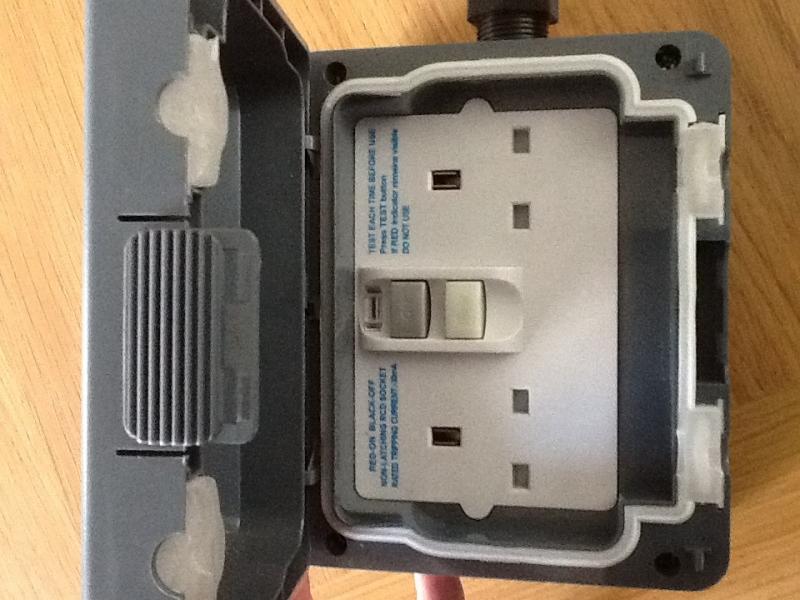D
Diynotnewb
Hi, please can anyone help.
When my conservatory was built the electrician said he fitted a switched fuse so i can turn the electric off in there.
I have a ceiling light fan that has its own light switch then i have the switched fused socket and then 3 other sockets for my tv etc.
When i flick the switched fused socket off the light wont work anyone but all of my sockets still work (my tv) is this correct? Did i misunderstand what he meant and the sockets would not be isolated just the light?
When my conservatory was built the electrician said he fitted a switched fuse so i can turn the electric off in there.
I have a ceiling light fan that has its own light switch then i have the switched fused socket and then 3 other sockets for my tv etc.
When i flick the switched fused socket off the light wont work anyone but all of my sockets still work (my tv) is this correct? Did i misunderstand what he meant and the sockets would not be isolated just the light?


